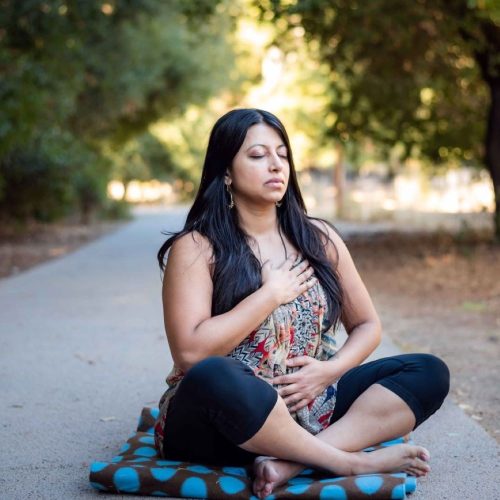Anger might have been introduced to us as a four-letter word. In that introduction, someone confused anger with rage. They are often used synonymously, but they are not the same. It can be hard to tell them apart, especially if you are trying to avoid looking at them.
Discerning the two takes patience and focus, both of which need a safe space to show up. We allow our practice on the mat to be this safe space.
On the mat, I’ve learned to build a relationship with my anger. Over time, I’ve learned to cherish my anger. It is the only emotion that doesn’t hold a candle to my fear. It stomps through my procrastination and laughs at my people-pleasing. It reminds me that I care. It doesn’t shy away from telling me that something I value is being interfered with. Anger is a good friend, a really good friend.
Anger can take many shapes and forms when it surfaces in us; we may be tempted to run from it. We don’t trust ourselves to not use it as a weapon. On the mat, we slow down time. We remember that the emotion and the delivery of it are separate. We can sit with the emotion. We can become less reactive. We create time and space to remember that we choose our delivery. It doesn’t have to choose us.
If you are building a relationship with anger, give yourself grace. At first, the ego might have a strong hold over it. Get on the mat. Breathe. Observe. Start discerning between anger, rage, and ego. That process alone may last a decade if you are lucky.
Once the ego has loosened its grip, you start building a relationship with anger. This happens – as all relationships – do by introducing yourselves, validating its presence, and getting curious about it. Listen to it as you would a teacher or coach. When it shows up, be willing to get silent. Make space for it and learn what it’s there to teach you.














